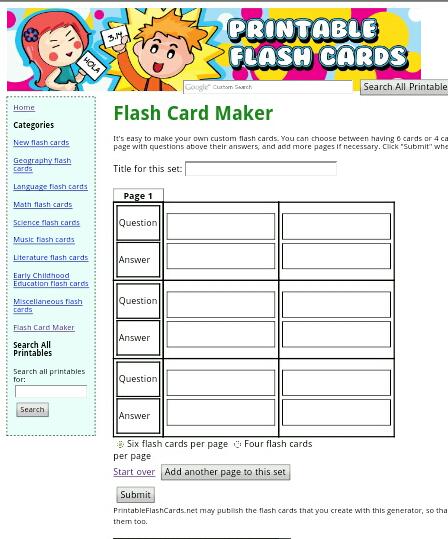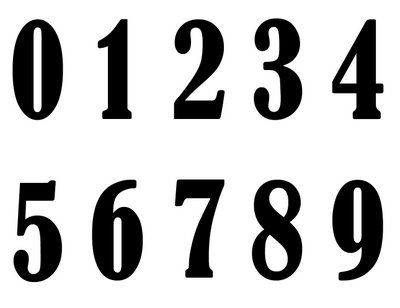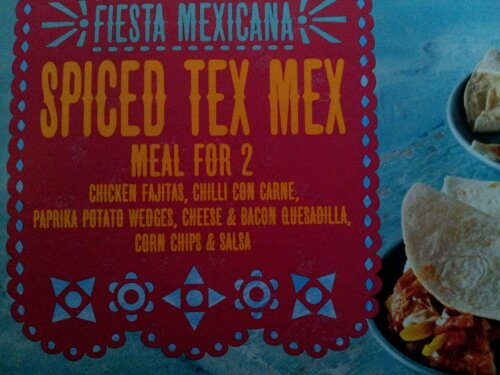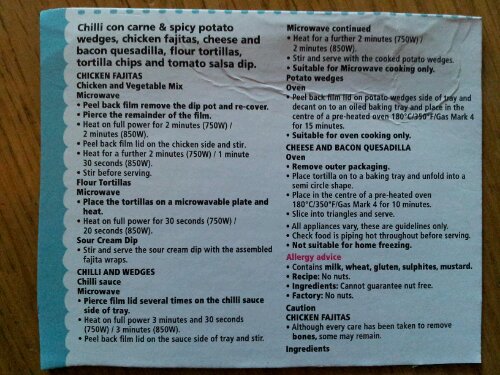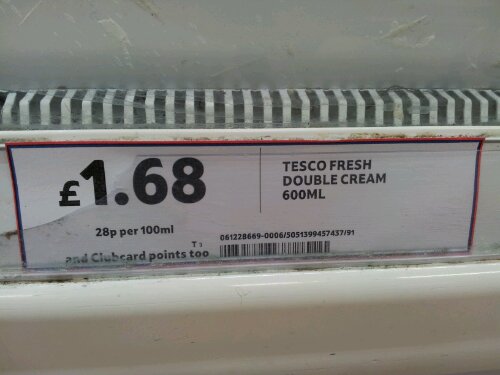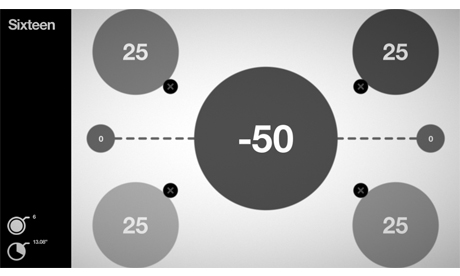Well folks, the end is in sight! Soon Y11 will be on study leave. Sure, there will be those conscientious few who come in for help or revision sessions, but the majority of pupils need the next month to considate their learning and be ready for their exams.
Are these teenagers buzzing with energy and keen to work? No.

They are tired of being told about exam technique and interpreting questions. They are fed up with assessments and coursework. They are irritable with every non-teenager who mentions exams and ‘this is your future’. And most of all they are just tired because they are working late on deadlines that are suddenly tomorrow, rather than 6 months away.
How can you make yet another GCSE paper interesting?
It’s time to cut up the exam paper (see Foundation GCSE analysis for first scissor session).
Now this task will need some prep work. It is an adaptation of a Maths Relay.
Equipment
*Enough copies of a GCSE paper for 1 between 2 or 3.
(Variation: A set of themed questions, for example 15 questions on Algebra of graduated difficulty)
*Roughly three copies of the mark scheme.
*Your best 3 or 4 students to help manage the task. Alternatively, mathematically minded sixth former or spare teacher would do. You could even put two classes together.
Optional: A spreadsheet with the pairs of students in the first column
Prep Work
You need to slice the papers into individual questions. Lay out the piles in number order across a desk.
The desks in the room need to be arranged to allow pair/group work and also movement around the room.
Your helpers need to be briefed about the activity.
Activity
Each pair is given the first question face down. When you say ‘Start’, they may write down their names on the question and answer the question.
When they have an answer, they must bring it to be checked.
Correct: it is ticked and they are issued with the next question.
Wrong: it is crossed and they try again.
Wrong twice: they are issued with the next question.
By using your most able student as checkers, you are enabling them to practise effectively checking work quickly and give hints. If they can check their own work in exams quickly, then they will have more time to answer harder questions. By giving hints they are consolidating their learning. Of course, the rest of the class can’t complain that the brightest will win as they are not taking part.
Differentiation
If you have a mixed tier/ability class you can colour code two exam papers: yellow for foundation, pink for higher. They can still race each other but at a more appropriate level.
About that optional spreadsheet
Set up a spreadsheet with the first column for names, the next 15 columns labelled 1-15 and the last column for the total.
Once a question is finished with you record correct/wrong with a 1/0 . You can then keep track of who is on which question with what success rate.
The more ICT-friendly teacher could use conditional formatting to highlight the cells and which team is winning.
Management
I have found it easiest to use helpers for checking and leave the spreadsheet recording to the class teacher. This allows the teacher to oversee and troubleshoot as required.

Review
I’ve done this with low-ability Y11 last lesson on a Friday and was stunned at the engagement. Although that might have had something to do with the prize of first choice from a box of fondant fancies …
Like this:
Like Loading...
